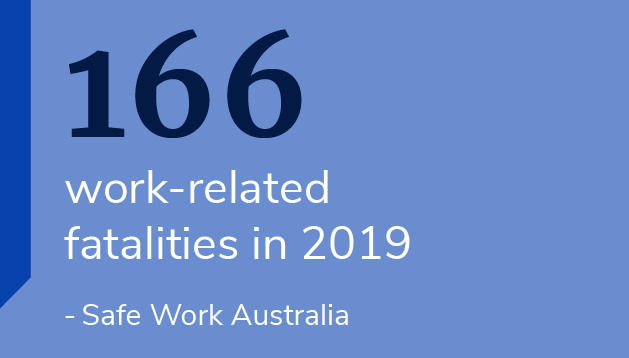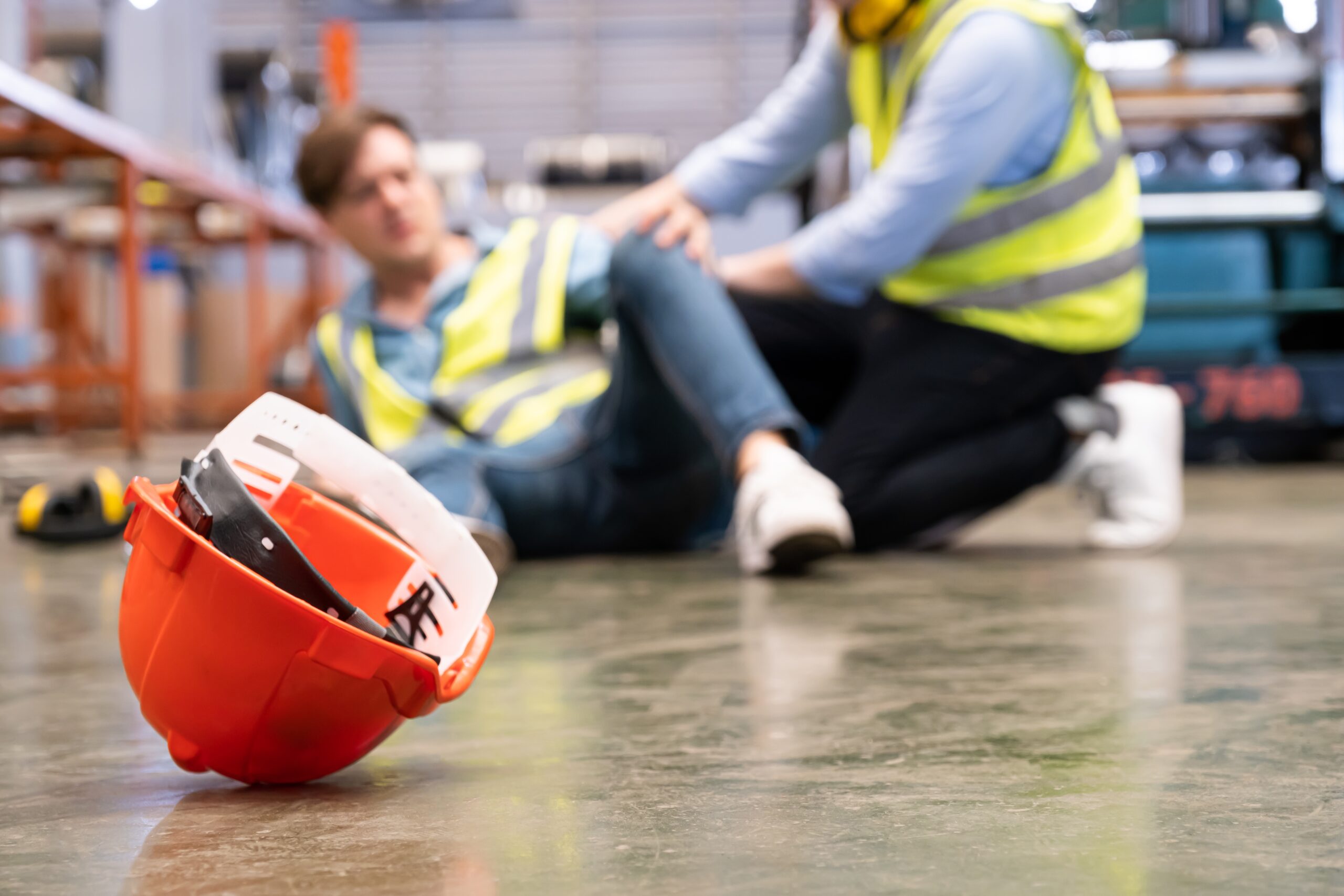Workplace safety is of utmost importance in any organisation, regardless of its size or industry. Every employee deserves a safe working environment where they can perform their tasks without fear of injury.
Unfortunately, workplace injuries are all too common in Australia, with countless people suffering from accidents that could have been avoided. From slips, trips, and falls to serious injuries resulting from manual handling and machinery, there are numerous types of accidents that can occur in the workplace.
In this article, we will provide an overview of the most common workplace injuries in Australia, discuss the importance of workplace injury prevention, and aim to raise awareness of the impact of negligence in the workplace.
Are you curious about what constitutes a work-related injury, or interested in learning more about the statistics of workplace fatalities and injuries? Read on to find out more.
The Cost of Negligence in the Workplace
Workplace accidents and injuries can happen to anyone, anytime, anywhere. Whether you work in an office or a factory, you’re not immune to the possibility of getting hurt. From slips and falls to machinery malfunctions, there are countless ways to get injured at work. But what are the consequences of these incidents, and who bears the cost?
When an employee is injured on the job, it not only impacts their physical and mental well-being but also affects the company’s productivity and reputation. The cost of negligence in the workplace can be staggering, both in terms of monetary compensation and lost time.
According to recent workplace fatality statistics in Australia, there were 166 work-related fatalities in 2019. These fatalities were caused by a range of factors, including falls from height, vehicle incidents, and being hit by moving objects. While these figures are alarming, they only represent a small portion of the workplace injuries that occur each year. Many more people suffer serious injuries that may impact them for the rest of their lives.

Most Common Workplace Injuries in Australia
Manual Handling Injuries
Manual handling injuries are the most common workplace injuries in Australia, and they occur when workers are required to lift or move heavy objects. According to manual handling injury statistics in Australia, over 40% of all workplace injuries are caused by manual handling. These types of injuries can cause long-term damage to the back, neck, and joints, and can lead to extended periods of time off work.
Slips, Trips & Falls
Slips, trips, and falls are other common workplace injuries that can result in serious harm. Wet floors, uneven surfaces, and poorly maintained walkways are all potential hazards that can lead to slips, trips, and falls. These types of accidents can cause broken bones, head injuries, and other serious injuries.
Machinery-Related Accidents
Machinery-related accidents can occur in any workplace where heavy machinery is used. Workers who operate machinery such as forklifts, cranes, and other heavy equipment are at risk of serious injury if proper safety measures are not taken. Machinery-related accidents can lead to amputations, head injuries, and other life-threatening injuries.
Repetitive Strain Injuries
Repetitive strain injuries are another common type of workplace injury that can occur over time. These injuries are caused by performing repetitive tasks over an extended period of time and can cause long-term damage to the muscles, tendons, and joints. Carpal tunnel syndrome and tennis elbow are examples of repetitive strain injuries.
Vehicle Accidents
Vehicle accidents can occur in any workplace where vehicles such as cars, trucks, and forklifts are used. These accidents can be caused by reckless driving, lack of training, or poor maintenance of the vehicles. Vehicle accidents can result in serious injuries, including broken bones, head injuries, and even fatalities.
Falling Objects & Debris
Falling objects and debris are another hazard in many workplaces. Workers who are working at height, such as on construction sites, are at risk of being hit by falling objects. Even in an office environment, objects falling from shelves or cabinets can cause serious injury. Head injuries are the most common type of injury caused by falling objects and debris.
Workplace Injury Prevention Strategies
Risk Assessment & Management
Risk assessment and management is the first step in preventing workplace injuries. Employers need to identify potential hazards and assess the risks associated with them. This includes identifying areas where employees may be at risk and implementing controls to mitigate those risks. Are there any electrical hazards that need to be addressed? Do employees need training on proper lifting techniques? Identifying and addressing these issues can prevent serious injuries.
Training & Education For Employees
Training and education for employees is another important aspect of workplace injury prevention. It is essential to provide employees with the knowledge and skills necessary to safely perform their job duties. This includes providing training on how to operate equipment, proper lifting techniques, and identifying potential hazards. By providing employees with the proper training and education, you can reduce the likelihood of a work-related injury.
Safe Work Procedures & Guidelines
Safe work procedures and guidelines are also important in preventing workplace injuries. Employers need to establish safe work procedures and guidelines for their employees to follow. This includes developing procedures for lifting heavy objects, handling hazardous materials, and using equipment. By establishing safe work procedures and guidelines, employers can help reduce the risk of workplace injuries.
Personal Protective Equipment (PPE)
Personal protective equipment (PPE) is essential in preventing workplace injuries. PPE includes items such as hard hats, safety glasses, gloves, and respirators. Employers need to provide employees with the appropriate PPE for their job duties. By providing employees with the necessary PPE, you can help reduce the risk of workplace injuries.
Monitoring & Regular Safety Inspections
Monitoring and regular safety inspections are also crucial in workplace injury prevention. It is important to regularly inspect the workplace for potential hazards and take steps to address them. This includes monitoring employees to ensure that they are following safe work procedures and guidelines. By regularly monitoring and inspecting the workplace, you can prevent workplace injuries from occurring.





